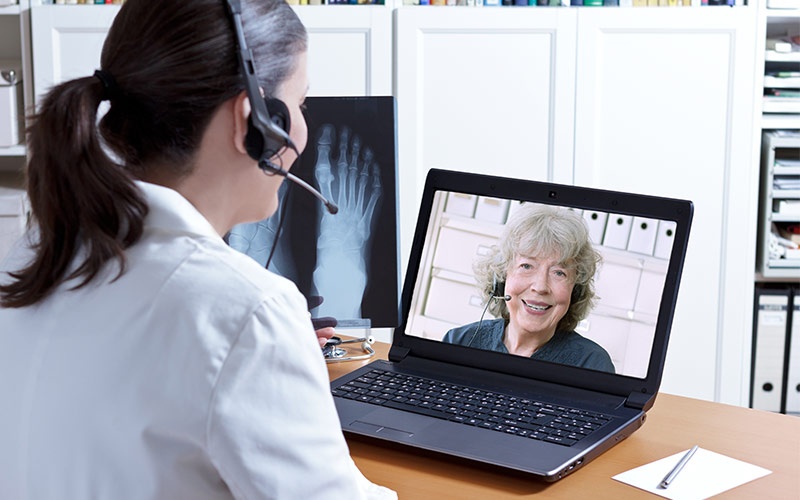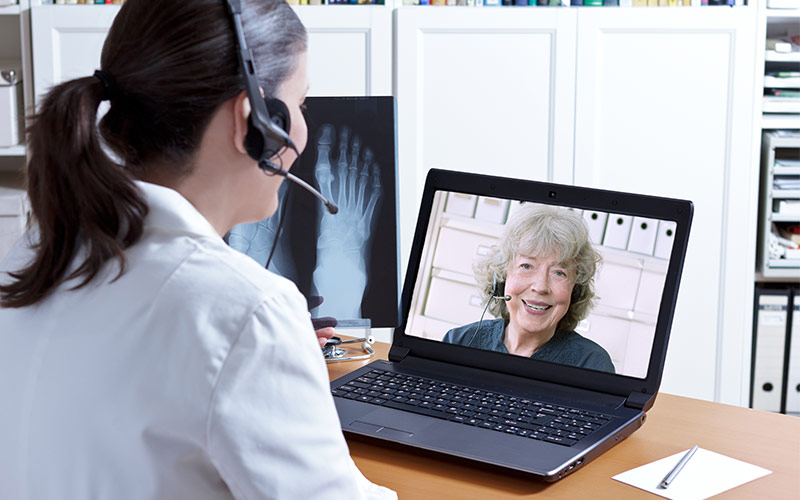 It’s become apparent in the healthcare environment just how vital digital health programs are to the industry — for both patients and providers. However, in order to ensure the success of a digital health program you must have a system in place to measure the program’s progress. Here are three necessary ingredients to help you develop such a system.
It’s become apparent in the healthcare environment just how vital digital health programs are to the industry — for both patients and providers. However, in order to ensure the success of a digital health program you must have a system in place to measure the program’s progress. Here are three necessary ingredients to help you develop such a system.
It all begins with setting realistic goals that align with your organization’s overall business strategy. Establishing these before signing a contract with a telehealth provider will ensure that your facility will procure the right technology for your needs. Be sure to identify a digital care solution that is easily integrated into your organization’s existing clinical workflows. Having interoperable technology that can launch a video session without having to open an additional application is one way to promote adoption by both patients and providers.
The next ingredient is to establish clear success criteria for the program. This entails measuring:
- Patient-centric metrics: satisfaction, wait time, tests ordered, and the number of visits completed
- Provider-related metrics: satisfaction and the percentage of clinicians using the digital solution
- Technology metrics: uptime, including connectivity and latency
- Clinical process and outcome data
Collecting and tracking these metrics against year-to-year goals allows you to adjust your virtual health program based on accurate data. With these metrics in mind, healthcare organizations can maintain a consistent reporting process to measure the success of the program on a regular basis.
The final ingredient is the only constant in life: change. Any changes to your business’s overall strategic goals may lead to a shift in the goals of your virtual care program. So make sure that your program is flexible enough to adapt to change and growth: Revisit your goals regularly to update your program. Remember, change is good. Your digital health program just has to be prepared for it.
Now take these strategies and build a solid foundation that, when fully implemented, will create an effective and profitable digital health program that you and your organization can be proud of — and that your patients will thank you for.
Be sure to check out our latest report, Making Telehealth Work for You: The Ultimate Guide, where we dive deeper into the strategies and tactics of developing a virtual health program and how to overcome the common barriers many telehealth champions face while driving their initiatives forward.
